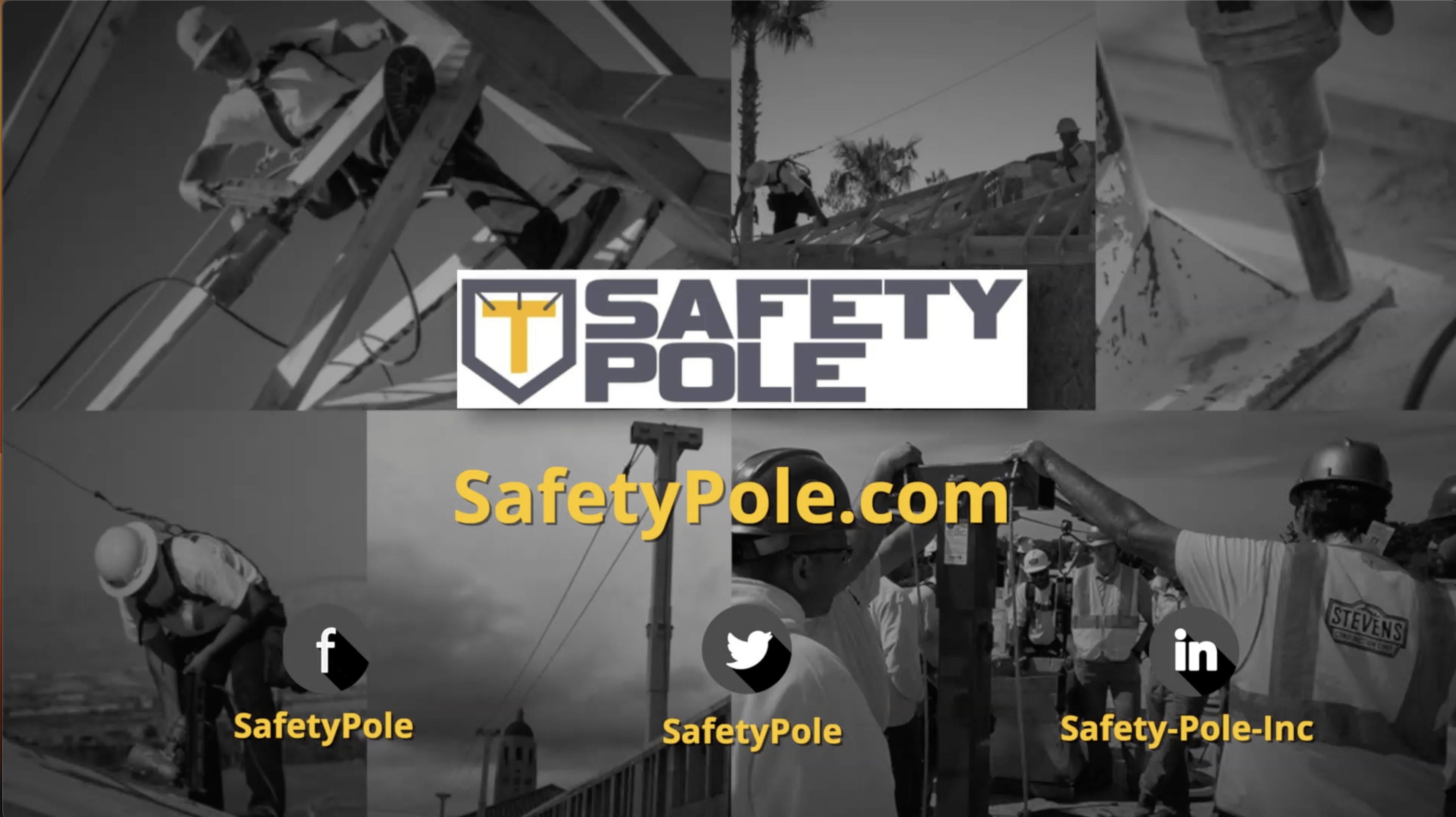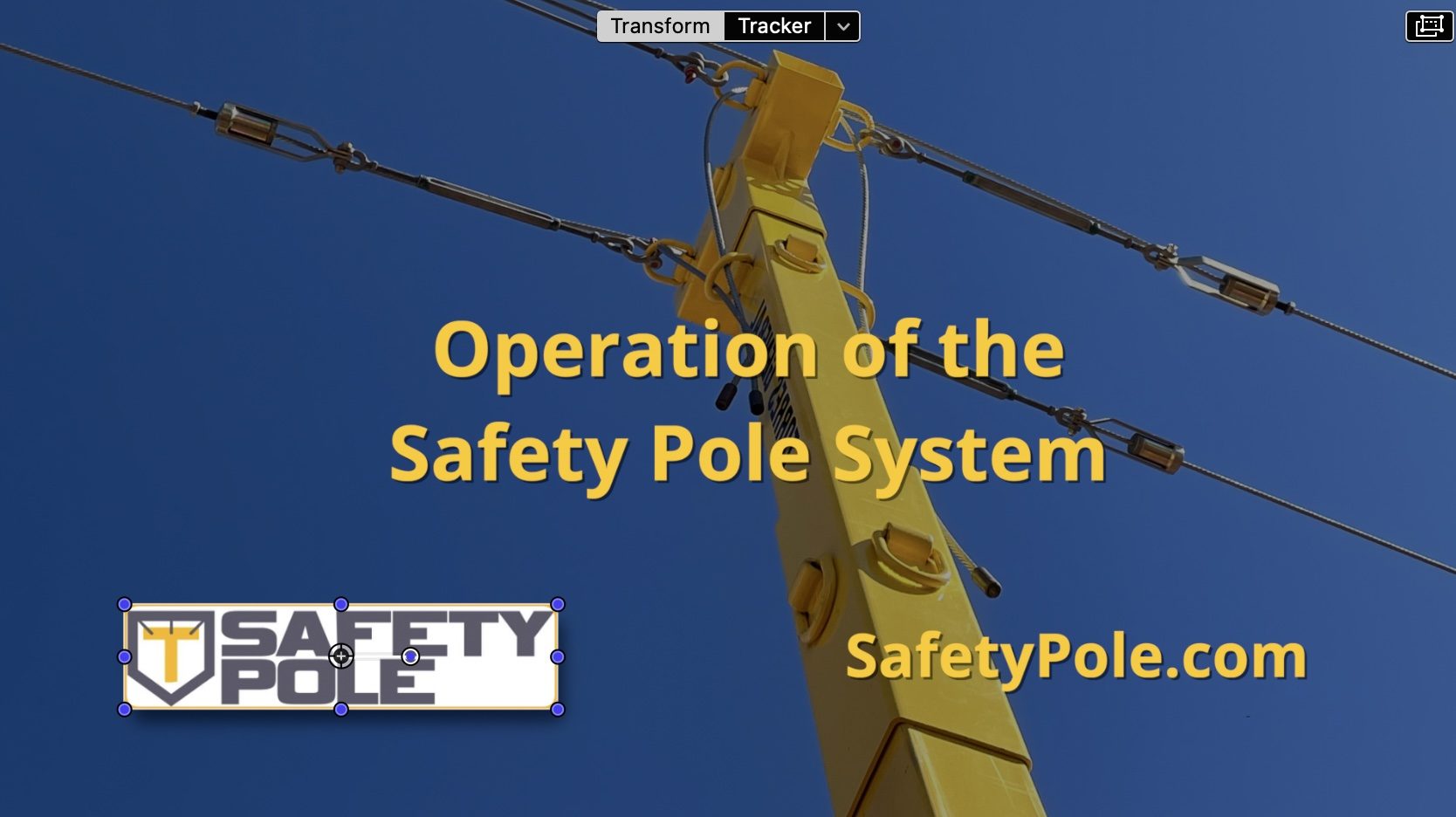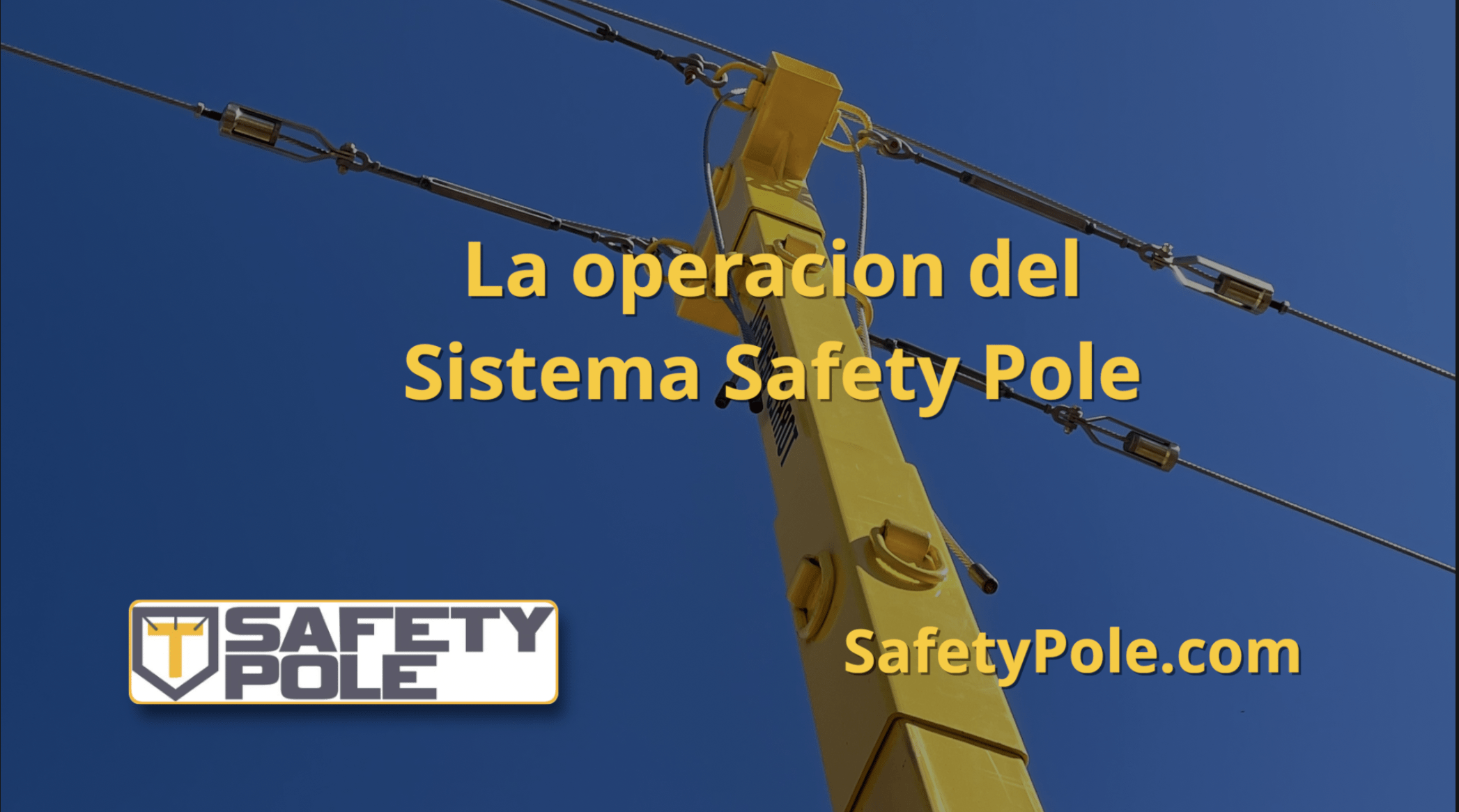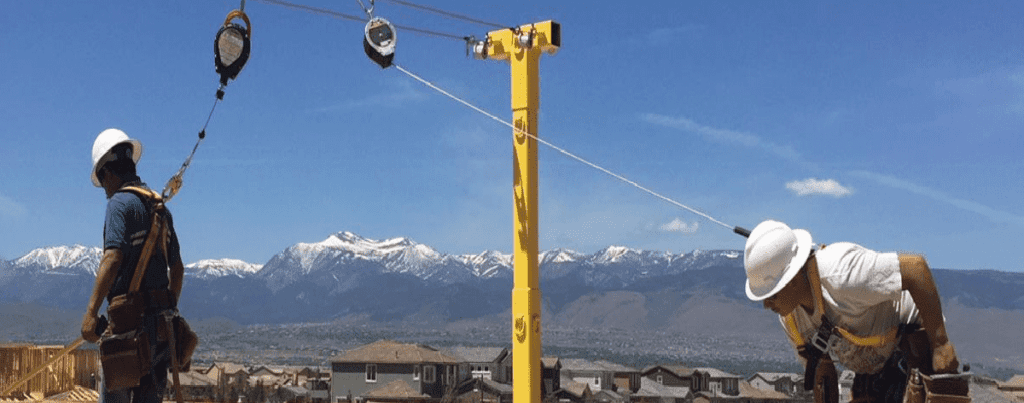
DEDICATED TO GETTING WORKERS HOME SAFELY
Safety starts with Safety Pole

Safety starts with Safety Pole
Safety is a fundamental aspect of any successful construction project. To ensure the well-being of workers and minimize the risk of accidents and injuries, construction companies must integrate safety into their production process. This article will delve into the various steps involved in this integration, including safety assessments, updating standard operating procedures (SOPs), evaluating equipment and technology, and the importance of competent persons overseeing specific safety tasks. We will also explore how companies like ICG and Stevens Construction have implemented dedicated Safety Pole Installers to facilitate a seamless integration of safety measures into the production process.
The first step in integrating safety is conducting a comprehensive assessment of current safety practices, procedures, and policies. This evaluation helps identify any gaps or areas for improvement. By analyzing potential risks and hazards, construction companies can prioritize these areas and allocate resources accordingly.
SOPs play a pivotal role in ensuring safe execution of tasks. It is imperative to review and update existing SOPs to include safety considerations. By clearly outlining the steps, precautions, and Personal Protective Equipment (PPE) requirements for each task, employees are equipped with the necessary knowledge to perform their duties safely. Regularly reviewing and reinforcing these SOPs fosters a safety-conscious culture within the organization.
Another crucial aspect of integrating safety is evaluating existing equipment, machinery, and technology. Construction companies must ensure that these tools meet safety standards. If necessary, upgrading or modifying equipment to enhance safety features and minimize risks should be considered. By investing in modern technology and equipment, companies can significantly reduce the chances of accidents and injuries.
To further enhance safety measures, having competent persons oversee specific safety tasks is indispensable. Companies like ICG and Stevens have recognized the importance of dedicated Safety Pole Installers. These experts ensure that safety systems, such as safety poles, are properly installed. When framers are ready to perform tasks such as walking the top plate, hanging fascia, or rolling trusses, the safety system is fully functional and ready for use.
The role of competent persons goes beyond installation. They actively collaborate with framers to explore the most efficient and easiest way to integrate the safety system into their production process. By understanding the unique needs and challenges of each construction project, these competent persons provide valuable insights and suggestions. This collaborative approach makes implementing a safety culture seamless for framers and enhances overall productivity.
Integrating safety into the construction production process requires a comprehensive approach that includes safety assessments, SOP updates, equipment evaluation, and competent persons overseeing specific safety tasks. By prioritizing safety and implementing these measures, construction companies can create a work environment that not only safeguards the well-being of their employees but also boosts productivity. Companies like ICG and Stevens exemplify the commitment to safety by employing dedicated Safety Pole Installers who ensure the proper integration of safety systems. With a strong focus on safety, construction companies can achieve their project goals while fostering a culture of well-being and continuous improvement.







Equip your team with Safety Pole & Accessories
Safety starts with Safety Pole